
Handling Animations and Loading Artifacts in Visual Testing
Master dynamic content visual testing with our hands-on tutorial. Learn to capture rich UI experiences effectively.

Master dynamic content visual testing with our hands-on tutorial. Learn to capture rich UI experiences effectively.

Learn what functional testing is in this complete guide, including an explanation of functional testing types and examples of techniques.
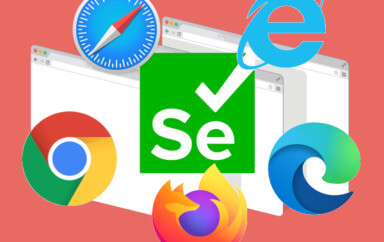
Learn why cross-browser testing is so important and an approach you can take to make cross-browser testing with Selenium much faster.
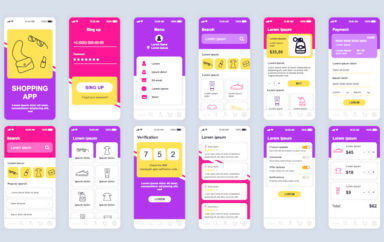
Learn everything you need to know about how to perform UI testing, why it’s important, a demo of a UI test, and tips and tricks to make UI testing easier.

Learn what visual regression testing is and why it’s important. Explore a use case with an example, how to get started and how to choose the best tool.
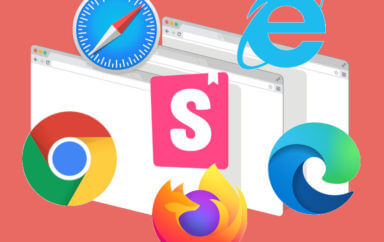
Learn how to automatically do ultrafast cross-browser testing for Storybook components without needing to write any new test automation code.

“Full” test automation is approaching. We are riding the crest of the next great wave: autonomous testing. It will fundamentally change testing.
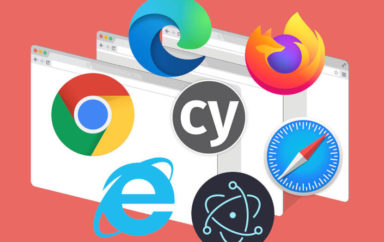
Learn how you can run cross-browser Cypress tests against any browser, including Safari, IE and mobile browsers.

Running tests shouldn’t be an afterthought, but it can seem challenging to dive in with the huge variety of frameworks and simply not knowing what to test. Instead, we can…

For anyone trying to automate repetitive and time-consuming tasks, Microsoft has just quietly released a free tool that will make your life easier. Power Automate Desktop is a codeless tool…

Coding recipes using the newest automation testing tool There’s a new kid on the block in the world of automation testing tools….Playwright! Created by Microsoft, Playwright is an open source…
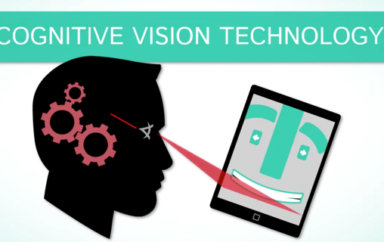
Applitools Eyes does more than just run visual UI testing—it is also a complete Application Visual Management (AVM) solution that manages and analyzes your test results. So, Applitools lets you manage the enormous number of baseline images generated by your visual UI tests, it records and aggregates the results of visual tests, and it shows you which tests were passed and which were failed.